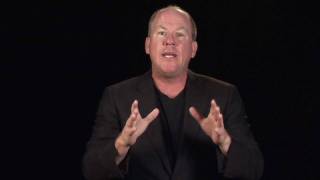Full Title: Impression on observing psychic surgery and healing in Brazil which appear to incorporate (+) qi gong energy & the use of acupuncture points
In December, 1995, the author had the opportunity to observe an elderly psychic healer of East European origin in Sao Paulo, Brazil. This man specialized in cancer treatment by pointing with the fingers of his right hand at his patients, without actually touching them, spending an average of 30 to 40 minutes with each one. The author considered this to be Qi Gong treatment. In March, 1997 the author also observed 2 leading psychic healers in Brazil. One of them, named Rubens Farias, Jr. is a 43 year-old former engineer and computer programmer if European descent, who is commonly known as "Dr. Fritz III" because he is believed to be the spirit of Dr. Adolf Fritz, a German physician who died during World War I, operates through him. The other is "Dr." Hirota, a 53 year old former farmer of Japanese decent who lives near Campinas. About 120 kilometers outside of Sao Paulo and treats large numbers of people daily using indirect and/or hand-on healing techniques. On March 6, 1997, when the author visited "Dr. Fritz III"'s clinic in Sao Paulo with a group of Brazilian physicians, he was informed the about 1,400 patients had come that day. "Dr Fritz III" examined and treated the majority of the patients in less than one minute each, often asking very quick questions and then immediately beginning treatment. Most patients received injections of a dark-brown solution, which, some of the visiting doctors speculated, may be an iodine solution mixed with either alcohol or a local anesthetic. In many patients, he injected this solution near the pathological area or at an acupuncture point near the pathological area. When the needle of the syringe was in the acupuncture pint, he twirled it with his fingers several times and the withdrew it. Minor surgery was performed in about 1/5th of the patients with whom the author observed. Most of the surgical incisions were made on the midline of the tissue over the spine near the pathological area. The clamping of the blood vessels and the closings of the surgical wounds were performed by licensed surgeons or licensed nurses. Major surgery were done by "Dr. Fritz III" who used a rather primitive and unorthodox cutting technique. Except for major surgery, assistance was performed by volunteer nurses, including his wife. After the surgical wounds were closed, gauze band-aids were applied. When the surface of the gauze facing the wound was examined, it showed strong (+) Qi Gong energy according to the Bi-Digital O-Ring Test. Essentially, "Dr. Fritz III"'s treatment consists of acupuncture, injection of iodine with other substances near the pathological area, and (+) Qi Gong energy stored gauze which is applied to the acupuncture point, pathological area, or the site of surgery. "Dr." Hirota is another famous psychic healer whom the author was able to meet and observe in practice while in Brazil. "Dr." Hirota has been practicing for over 20 years. He usually sees patients who come to his clinic in the mornings and he claims to treat 1,000 to 2,000 patients daily between 9 AM and 12 noon. His main treatment also appears to be the application of external Qi Gong energy through the fingers of his right-hand, in combination with Shiatsu Massage and a manual procedure resembling chiropractic manipulation.
Acupunct Electrother Res. 1997;22(1):17-33. Omura Y. Heart Disease Research Foundation, New York, USA.






















